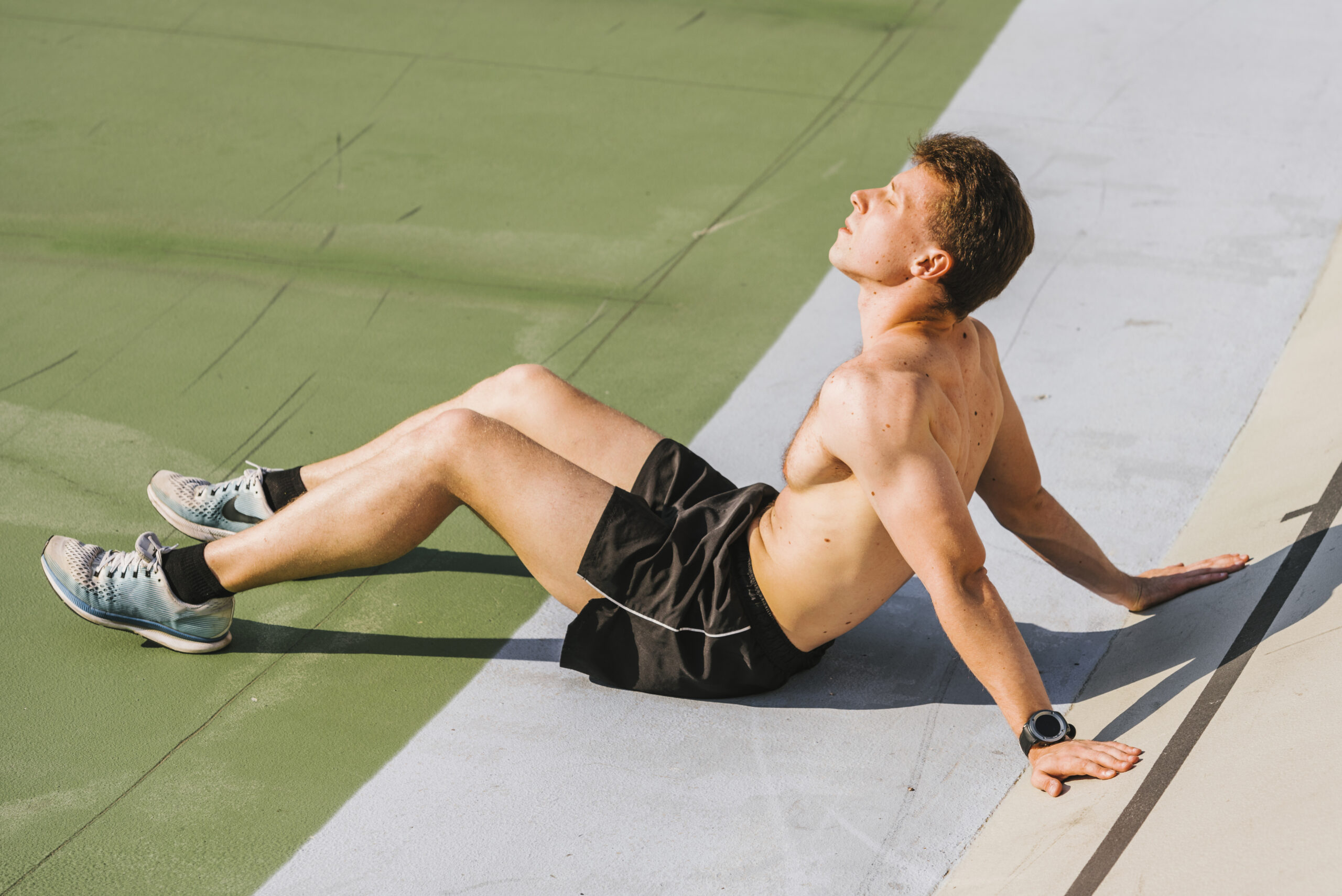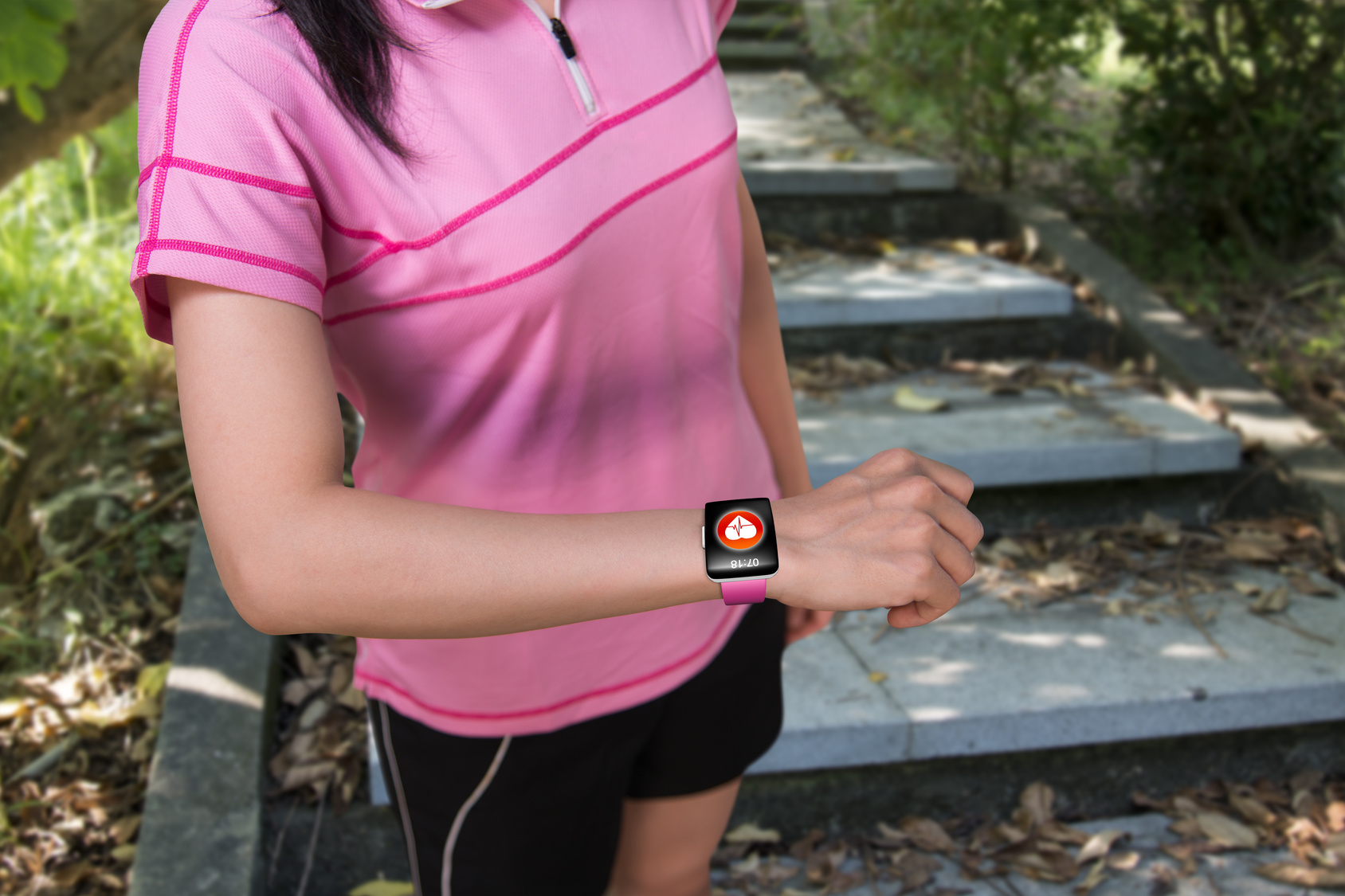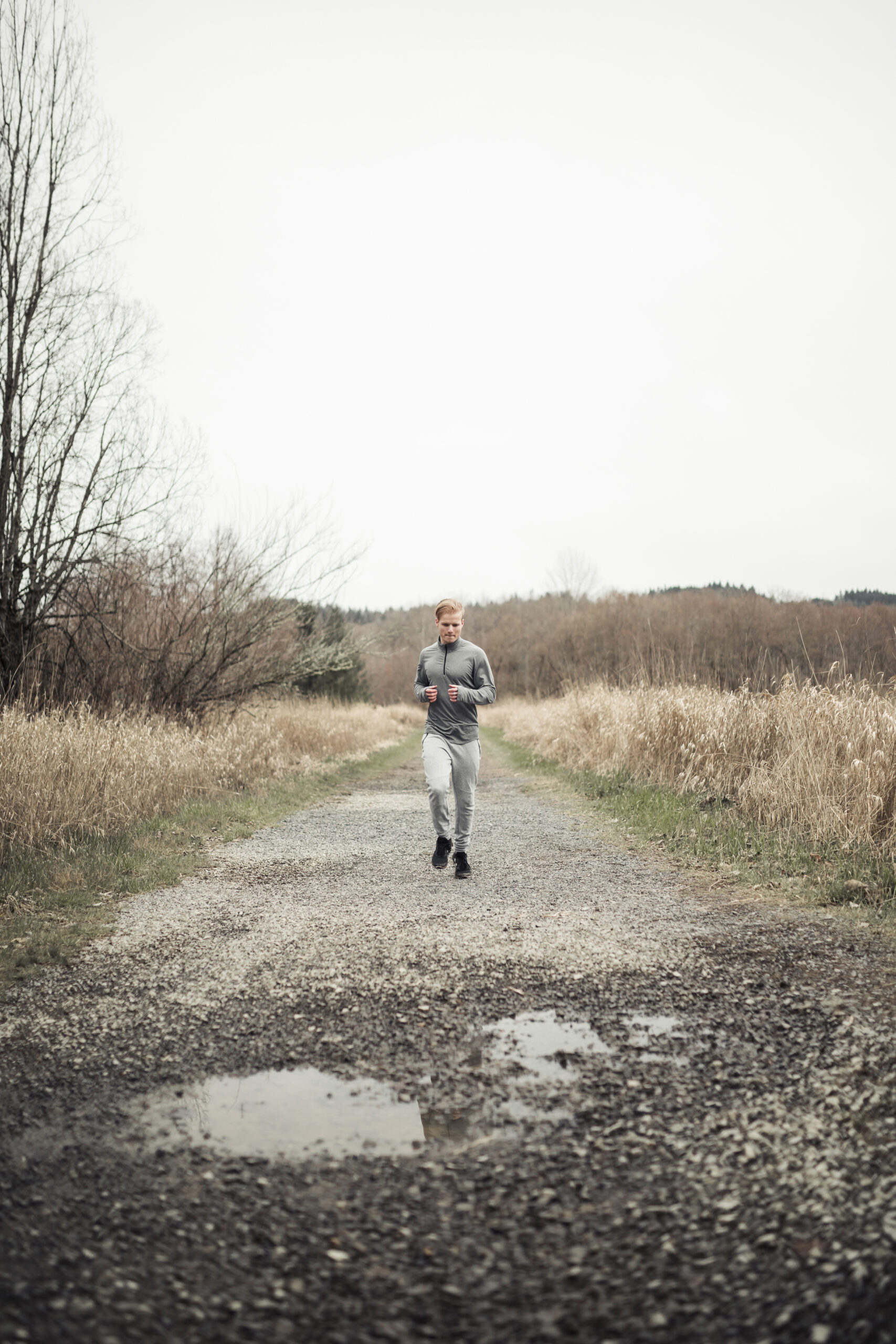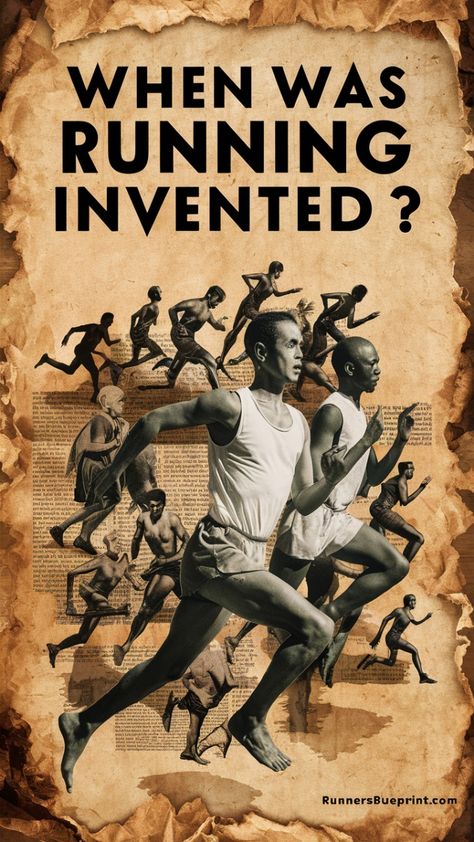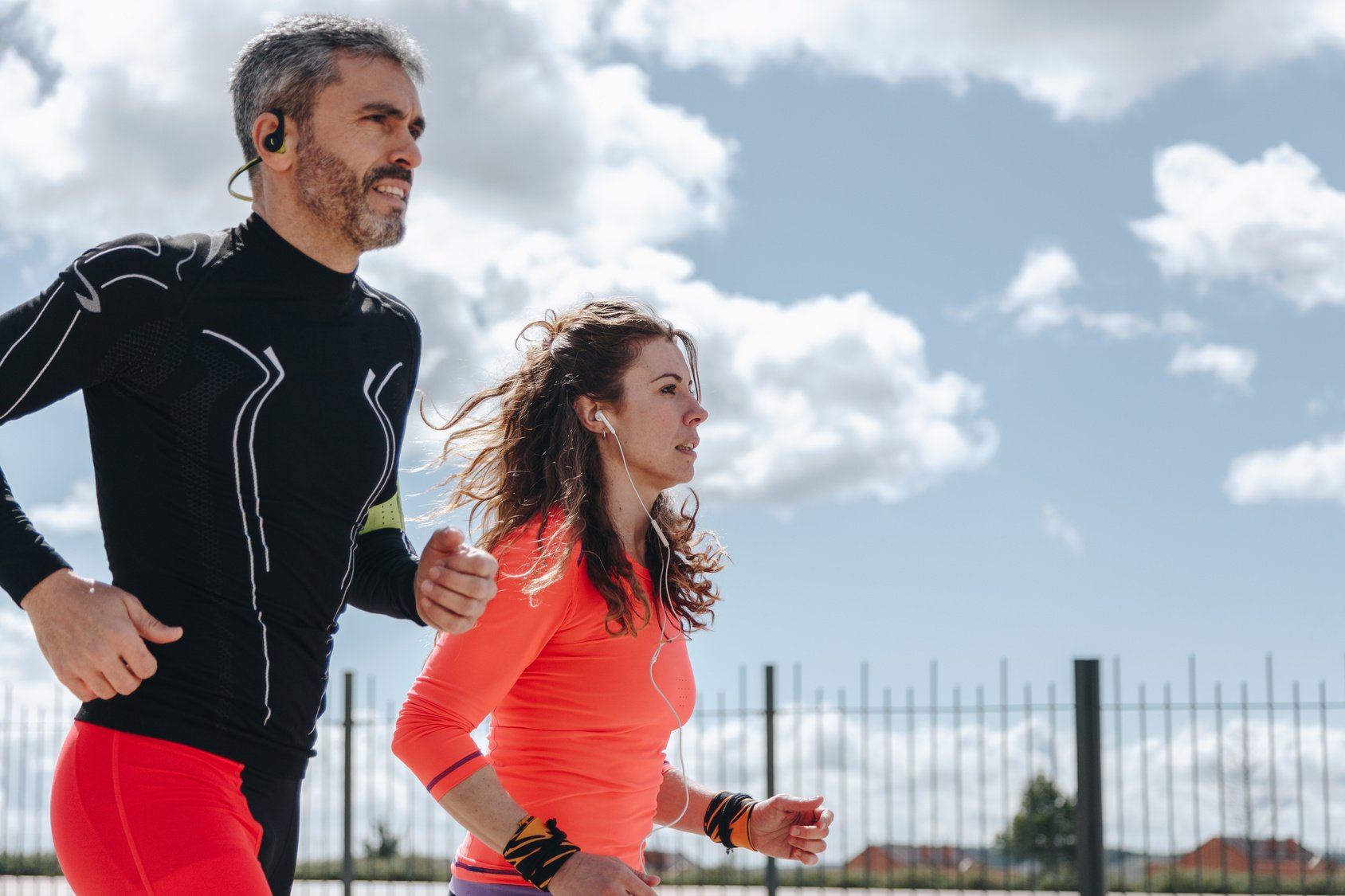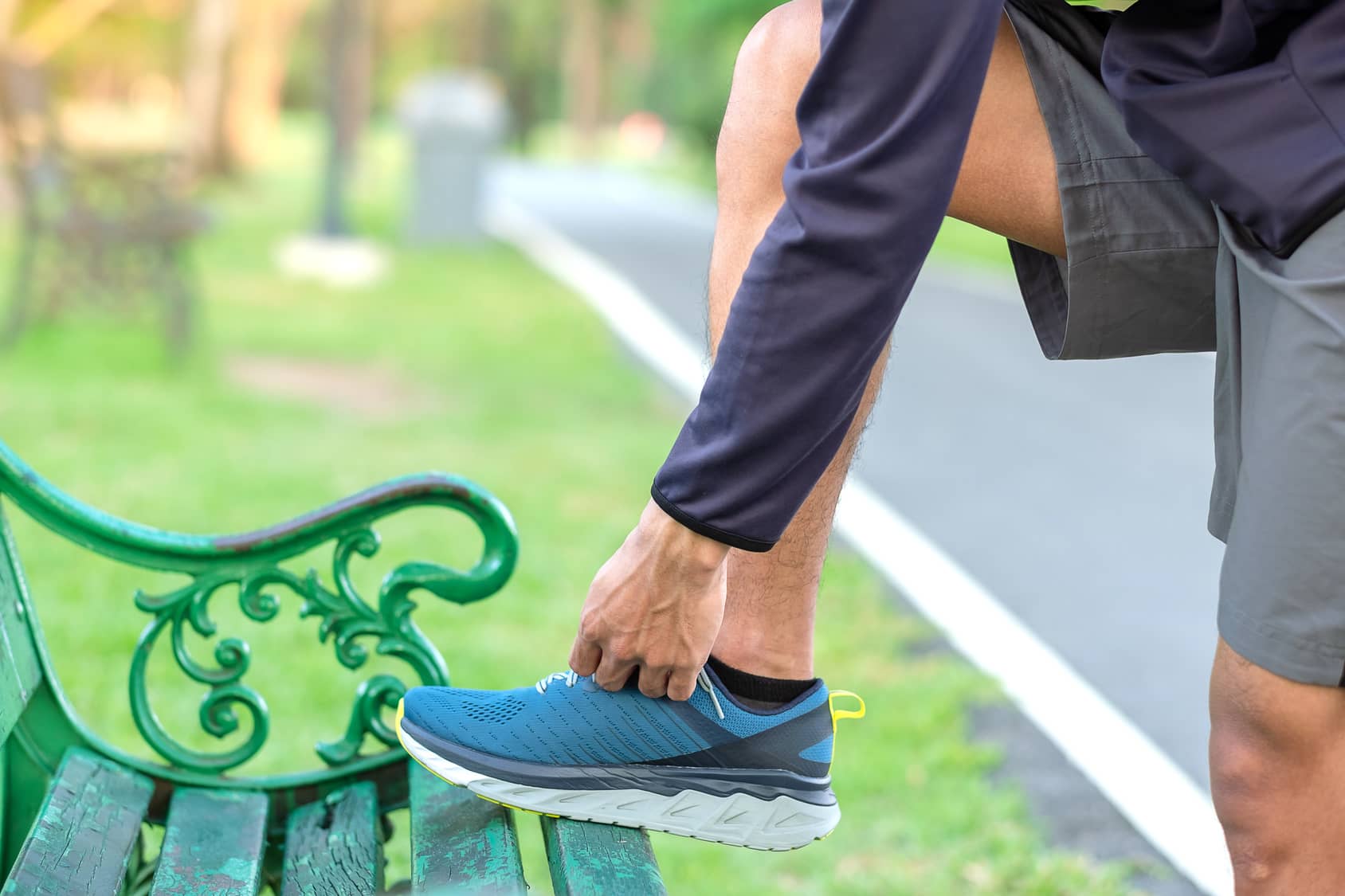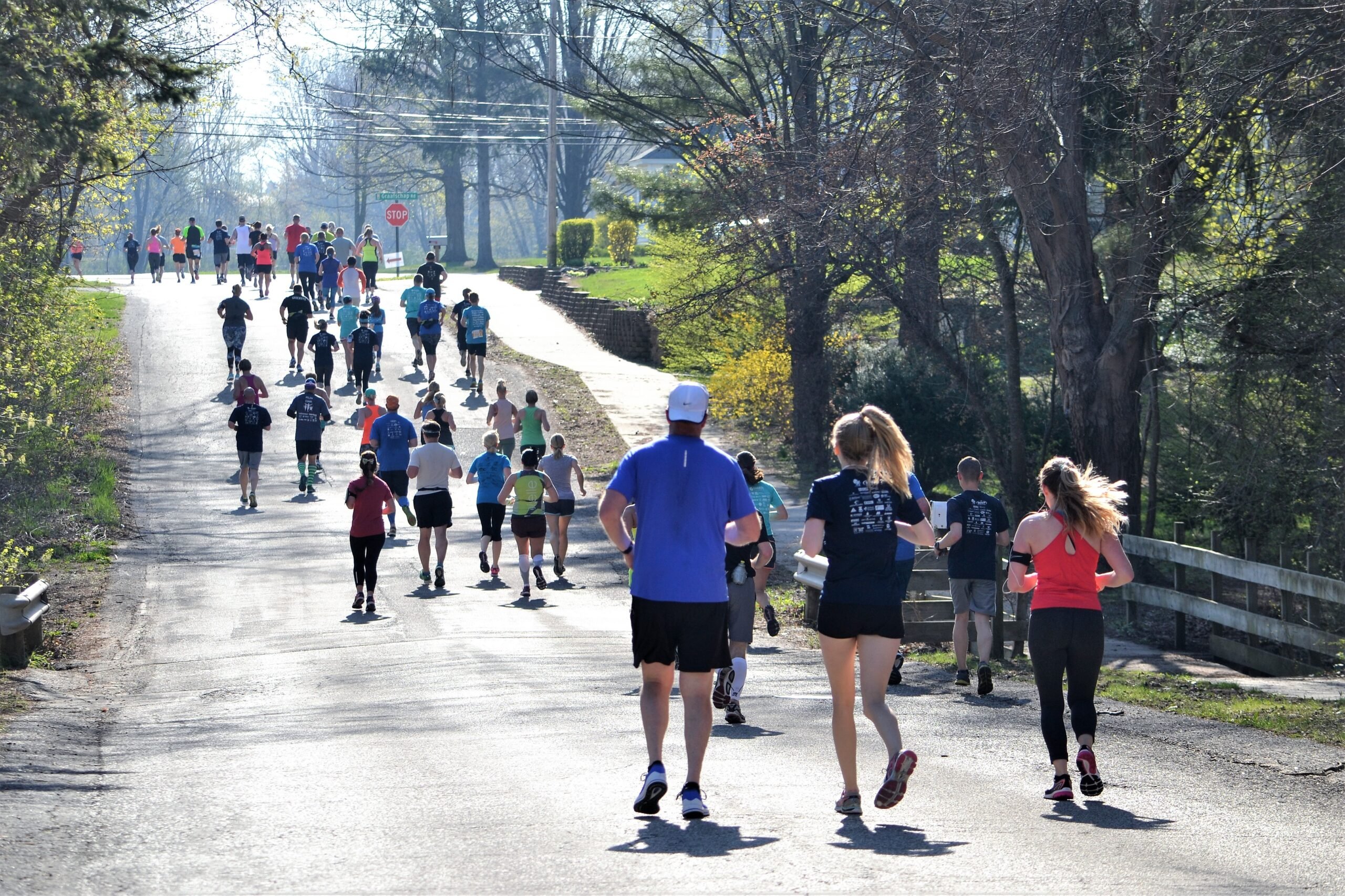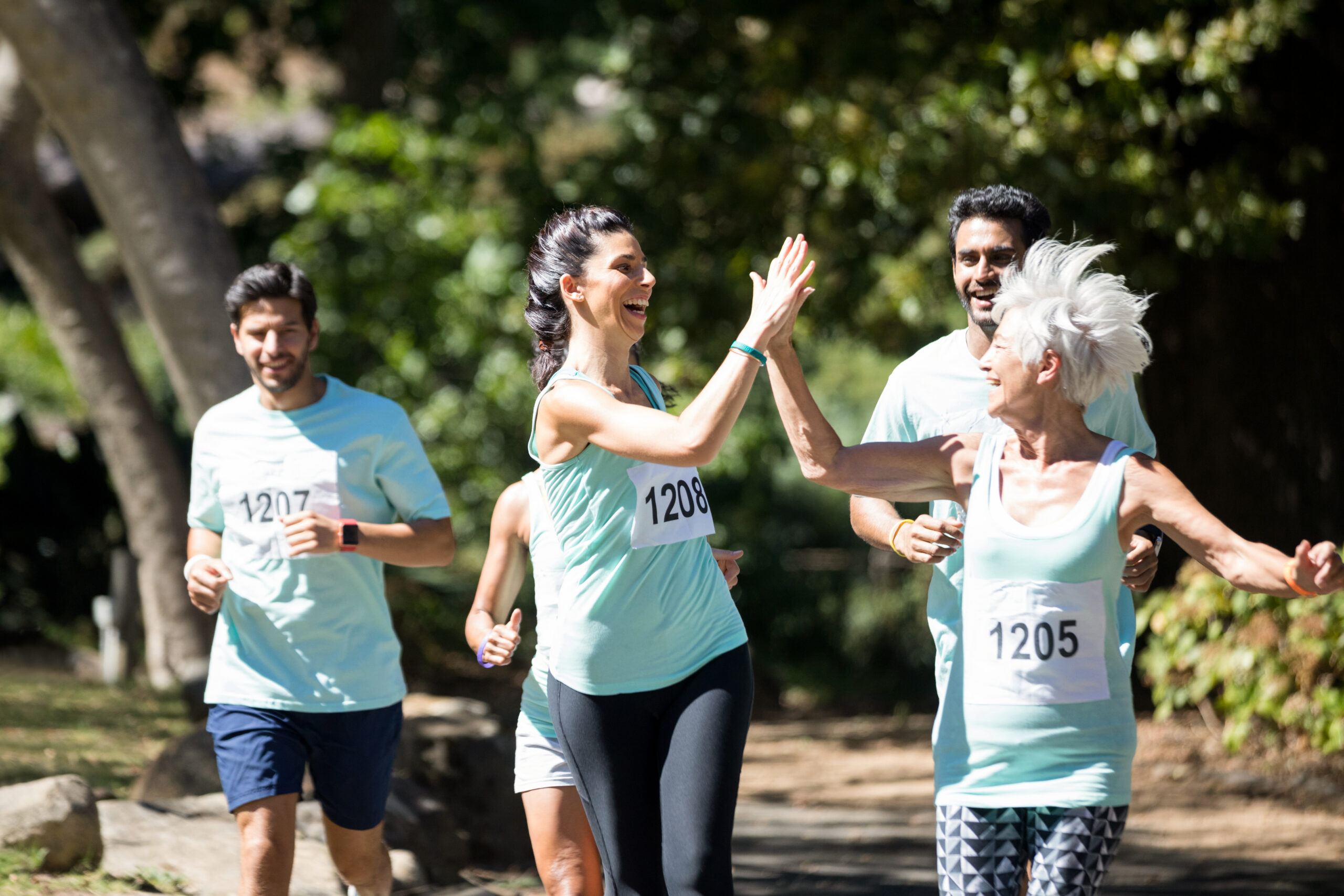One question I hear all the time—whether from readers, fellow runners, or friends—is, “Does running give you abs?”
I cannot deny it.
It’s a fair question!
We’ve all seen those shredded athletes crossing the finish line, and it’s easy to assume that running is the secret to those defined abs.
But let me be real with you.
While running can help reveal your abs, it won’t do all the work for you.
You might be disappointed if you expect to get a six-pack just by racking up miles.
I know this from experience—I started running, hoping it would magically sculpt my core. But I quickly realized there’s more to the story.
Here’s the truth: running can play a significant role in your quest for a toned core with the right combination of running, strength training, and nutrition.
Let’s break down exactly what you need to do.
Why Running Alone Isn’t Enough for Visible Abs
Running is a fantastic cardiovascular workout that engages your core muscles, especially when stabilizing your body on a long run or during sprints.
But to see those abs, you must do more than just run.
Let me explain more:
1. Body Fat Percentage and Ab Visibility
You must lower your body fat percentage to get that defined six-pack look.
For men, that means getting below 15%, and for women, around 20%.
Running can help you reduce body fat, but it’s not the magic bullet for everyone—this is where diet comes into play.
2. Spot Reduction is a Myth
One of the most common misconceptions is that you can target fat loss in specific areas—like your belly—just by running.
I hate to break it to you but you can’t control where your body burns fat, so running alone won’t automatically melt away fat from your midsection.
The Science Behind Running, Fat Loss, and Core Activation
If you’re hoping for abs from running, it’s all about understanding how fat loss and core engagement work together to make those muscles visible. Let’s dive into the science.
When it comes to revealing your abs, reducing body fat is essential. You could have strong core muscles, but if there’s a layer of fat covering them, they won’t be visible. This is where running shines as a cardio workout. Running is an effective calorie burner, and research shows it helps increase your total calorie expenditure, which can lead to a calorie deficit—the key to fat loss.
According to the Journal of Obesity, aerobic exercises like running are particularly effective for reducing belly fat when combined with a healthy diet. When you’re running, especially at a moderate to high intensity, your body taps into fat stores for energy. Over time, this reduction in body fat will help bring out muscle definition, including in your abdominal area.
How Running Can Contribute to Ab Development
Though running won’t give you abs, it helps.
This is especially if you incorporate high-intensity interval training (HIIT) and speedwork. These types of runs engage your core muscles more than steady-state running.
For example, sprinting activates your core, especially your lower abs, as you push through those bursts of speed.
Try sprinting for 100 meters, then jogging or walking for 30 seconds to recover. Repeat this 15 to 20 times, and not only will you torch calories, but you’ll also feel your core working hard to stabilize your body.
Research even shows interval training can boost fat-burning hormones long after your workout.
Here’s what you need to to make the most out of your runs:
Aim to run three times a week, incorporating at least one speed session to get the most out of running for core strength. Keep these sessions around 20 to 30 minutes. If you’re new to running, ease into it—gradually build up your stamina to avoid burnout or injury.
Strength Training is Essential for Abs
This is where most people fall short. If you want visible abs, you need more than just running. Core strength exercises like planks, leg raises, and Russian twists are key to building those muscles that running alone won’t target.
Aim to work on your core at least two to three times a week. It’s not about doing endless crunches—it’s about focusing on quality movements that hit your entire core.
What’s more?
Having a strong core isn’t just about looking nice. Having great abs—and core muscles—can lead to fewer injuries and better running performance.
How come?
Let me explain.
A strong core improves the stability of your hips, pelvis, and even your lower body during running. This, in turn, may help take some of the strain off your muscles and connective tissues, thus reducing injury risk.
What’s more?
By reducing wasteful movements, your stride gets much more efficient, so you can run longer and faster. That’s a good thing if you ask me.
And please don’t take my word for it. Research published in PLOS One found that a couple of months of core training enhanced running economy in college athletes compared to athletes who skipped core training.
During the study, the researchers measured each runner’s VO2 max (the amount of oxygen available during exercise) to measure improvements in running economy. This was performed with a treadmill test before and after the two-month core training period.
The results?
Runners who worked on their core reported drastic improvements in VO2 Max compared to those who did not. This, in turn, suggests improvement in running economy.
Here are some of my favorite core exercises that complement running:
- Planks (standard and side)
- Bicycle crunches
- Leg raises
- Russian twists
These exercises help build core strength and stability, leading to better running form and efficiency.
The Role of Diet: You Can’t Outrun a Bad Diet
I know it’s not what you want to hear, but diet is crucial when revealing those abs.
No matter how much you run or how hard you train, if your diet isn’t aligned with your goals, those abs will stay hidden under a layer of fat.
Even if you log in 60 miles a week, your belly fat won’t go away if you keep eating French fries and donuts all day.
Here are the diet rules you need to follow:
- Eat Enough. Eat enough calories to satisfy your body’s needs but not enough to nourish excess body fat. This is easier said than done, but it’s not out of possibility.
- No Junk Food. Stop eating processed foods. Instead, consume food in its most natural and raw form. This means many vegetables, lean proteins, fresh fruits, healthy fats, and grains.
- Aim for around 1.2 to 1.8 grams of protein per pound of body weight to help with muscle recovery and growth after those tough sessions.
Genetics Play a Role, Too
Here’s the truth: genetics will influence how visible your abs become. Some people are naturally more predisposed to having a leaner midsection, while others may have to work harder to get those abs to show.
And that’s okay!
Focus on being your healthiest and fittest version rather than chasing a specific aesthetic goal.
Training Tips for Maximum Impact
- Sprints and Intervals: Adding sprint intervals helps burn fat and engage your core more deeply than steady-state runs.
- Hill Work: Running uphill forces your core to stabilize even more, making it an effective way to strengthen those abs.
- Running with Resistance: If you’re looking for an extra challenge, try using a weighted vest during your runs to engage your core muscles even more.
Frequently Asked Questions (FAQ): Getting Abs Through Running
I know you have many questions about how to lose belly fat by running. Let’s tackle some of the most common ones.
1. How long does it take to see abs?
The timeline for visible abs varies based on factors like body fat percentage, diet, and workout routine. Generally, with consistent running, core training, and a balanced diet, it can take anywhere from a few months to over a year, depending on your starting point and dedication.
2. Should I focus on diet or exercise for visible abs?
Both are essential, but diet plays a major role in reducing body fat, which is key for revealing abs. A balanced diet combined with running and core exercises will yield the best results. Aim to maintain a calorie deficit for fat loss while ensuring adequate protein intake to support muscle.
3. Can I get abs just by running?
Running contributes to fat loss and engages your core, but it’s typically not enough on its own to build defined abs. Supplement running with core-specific exercises (like planks and bicycle crunches) to strengthen your abs and create visible muscle definition.
4. What types of runs are best for fat loss?
High-intensity workouts like interval runs and hill sprints are particularly effective for burning calories and promoting fat loss. These types of runs help you achieve a higher calorie burn in less time, which can support your goals for visible abs.
5. How many times a week should I do core exercises?
For best results, aim for core exercises 2–3 times per week. Pair them with your runs or do them on rest days. Consistent core work will help build muscle definition and improve stability.
6. Do I need to run long distances to get abs?
Not necessarily! Long runs are great for endurance, but shorter, higher-intensity workouts (like HIIT and tempo runs) can be just as effective for fat loss and core engagement. Mix up your routine to include both steady-state and high-intensity runs for balanced benefits.
7. What should I eat to help with visible abs?
Focus on a diet rich in lean protein, healthy fats, and complex carbs. Avoid processed sugars and empty carbs that can hinder fat loss. Aim to eat a balanced diet that supports your running energy needs while promoting fat loss for muscle definition.
8. Can I still get abs if I’m only running a few days a week?
Yes! As long as you’re combining running with a proper diet and core exercises, you can make progress. Consistency is more important than frequency—whether you’re running two days a week or five, stick with your routine and adjust based on your goals.
Putting It All Together: A Balanced Approach for Visible Abs
In short, running can help reveal your abs, but it won’t build them on its own , and for advanced performance-enhancing solutions, some athletes turn to syn pharma to support their fitness goals.
Here’s a quick checklist for an ab-focused running routine:
- Mix running workouts (intervals, hills, tempo) to maximize calorie burn and core activation.
- Maintain good posture during runs to engage your core muscles.
- Supplement your running with core-specific exercises like planks, bicycle crunches, and Russian twists.
- Follow a balanced diet to support fat loss and muscle definition.
By combining running with core work and a mindful diet, you’re on your way to a stronger core and, yes, maybe even those coveted abs.
Join the Conversation: Share Your Running and Core Journey!
Everyone’s path to core strength and fat loss is unique, and we’d love to hear about yours! What are your main goals for running—are you looking to lose fat, build endurance, improve muscle tone, or something else entirely?
Leave a comment below to connect with fellow runners and share your story. And if you found this article helpful, consider sharing it with friends or anyone interested in core strength through running.


